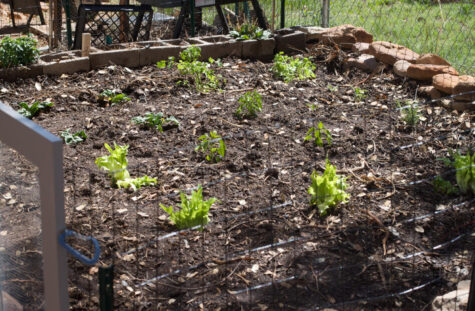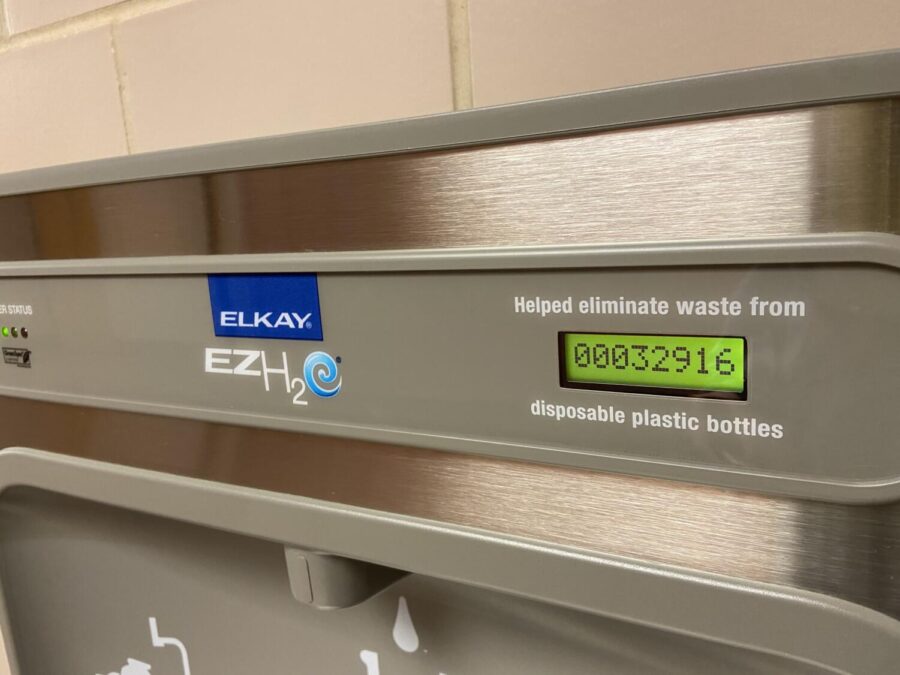Six ways to celebrate Earth Day every day
The 52nd annual Earth Day was celebrated on April 22. Earth Day is meant to be spent enjoying and celebrating Earth’s clean natural resources. Recently, many have also been using the day to learn and raise awareness about climate change.
Here are six easy ways to help make the Earth a cleaner place and make every day Earth Day.
Find alternative modes of transportation
Cars produce mass amounts of carbon dioxide, a heat trapping gas that causes global warming. When possible, walking and biking are two great ways to get to a destination without producing any carbon dioxide. When going by foot isn’t an option, public transportation and carpooling are often available. According to Green America, around 44% of car trips made everyday in the US are done with only one person in the car. Carpooling with friends or family when you would otherwise be driving alone would help to decrease that percentage and would ultimately lead to lower amounts of carbon dioxide being released into the atmosphere.
Recycle
Recycling is a super easy thing to do that makes a huge contribution to bettering the environment. Instead of throwing your plastic, paper, or cardboard away, toss it into the recycling bin. According to the EPA, recycling not only helps to save energy, but it also prevents the emissions of many greenhouse gasses and water pollutants. The amount of pollutants that get emitted when recycled items get made into new materials is much less than other products. Recycling also helps to reduce the need for more landfills, which are extremely bad for the planet.
Shop sustainably
When you purchase something from a fast fashion business, it has likely been soaked in around 8,000 different synthetic chemicals used to dye, bleach, and wet the garments, according to the Ellen Macarthur Foundation. The chemicals used in this long and intense process are extremely bad for the environment. These harmful substances could enter and contaminate the air, soil, and water. Sustainable shops, however, tend to use natural dyes such as indigo and chestnuts, making them significantly better for the planet. Sustainable fashion also often uses recycled materials, which are much more environmentally friendly than the new materials used by fast fashion companies.
Buy local
Food in grocery stores typically has to travel hundreds or even thousands of miles just to get into the store, whereas food from a local provider will likely be fresher. According to Go Green, food bought from local businesses also tends to contain less pesticides, making it better for both the environment and the consumer. Keeping harmful toxins, like the pesticides often used on the food in grocery stores, out of the air improves air quality. The food bought from local suppliers also tends to produce less waste due to it going directly from farm to table, rather than having to travel far only to then sit in a store, waiting to be purchased.
Plant a garden

Plants help to clean the air by taking in carbon dioxide and producing oxygen, according to US Green Technology. Their roots take up chemicals and heavy metals found in soil and groundwater, which helps to make the ground and water cleaner. Soil erosion, which causes soil to enter the water after heavy rains, can be prevented by growing plants. Their roots bind the soil together, making it harder for it to slide away.
Avoid single-use plastics.
Single-use plastics are any plastics that are made to be thrown out after being used only once. These include plastic grocery bags, straws, coffee cups, and water bottles. Single-use plastics are made from fossil fuels, so their creation emits huge amounts of greenhouse gasses. According to Greenpeace, the landfills for these plastics account for over 15% of methane emissions. Rather than using single-use plastics, an easy switch can be made to the reusable versions of the same items.

This year, Elizabeth Vojt is an editor-in-chief. She is a senior and a third year reporter for the Broadcaster. She participates in Youth and Government...

